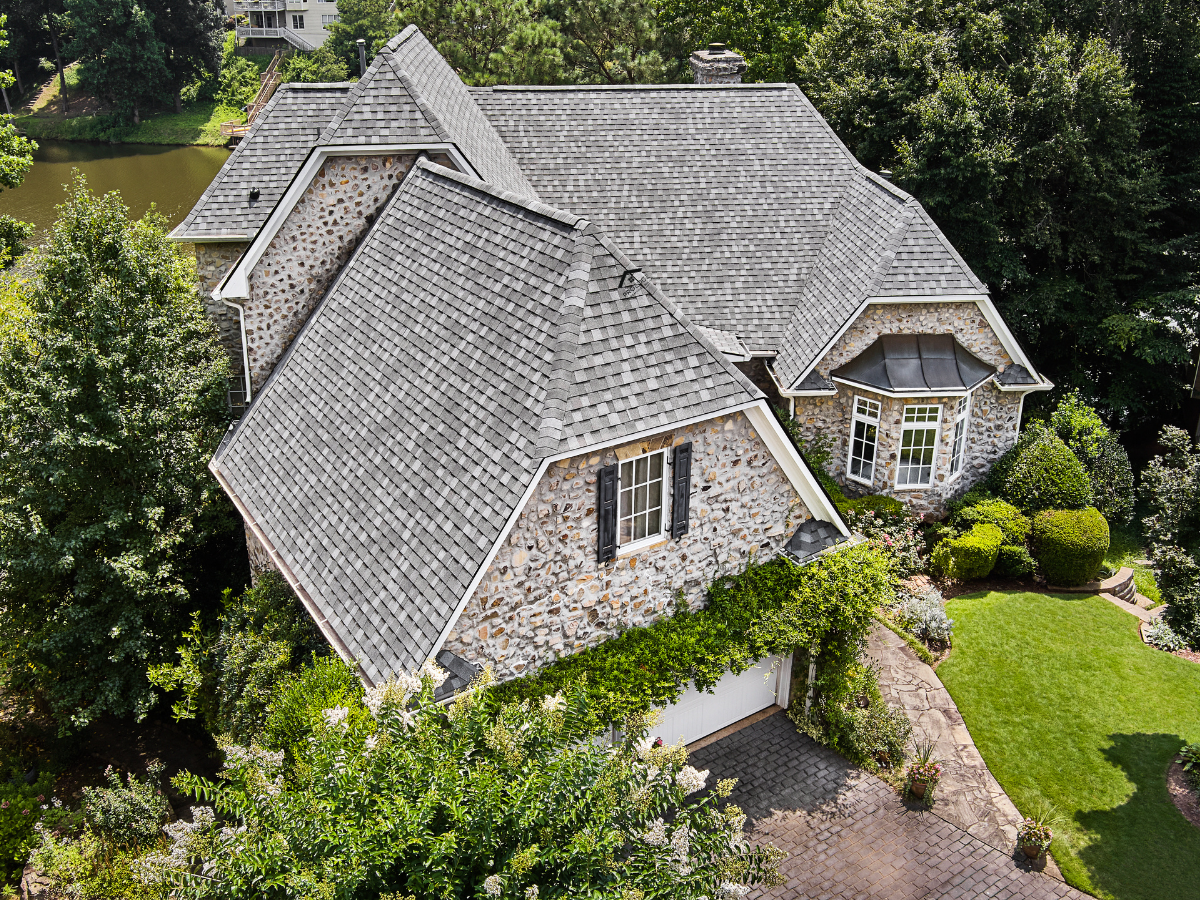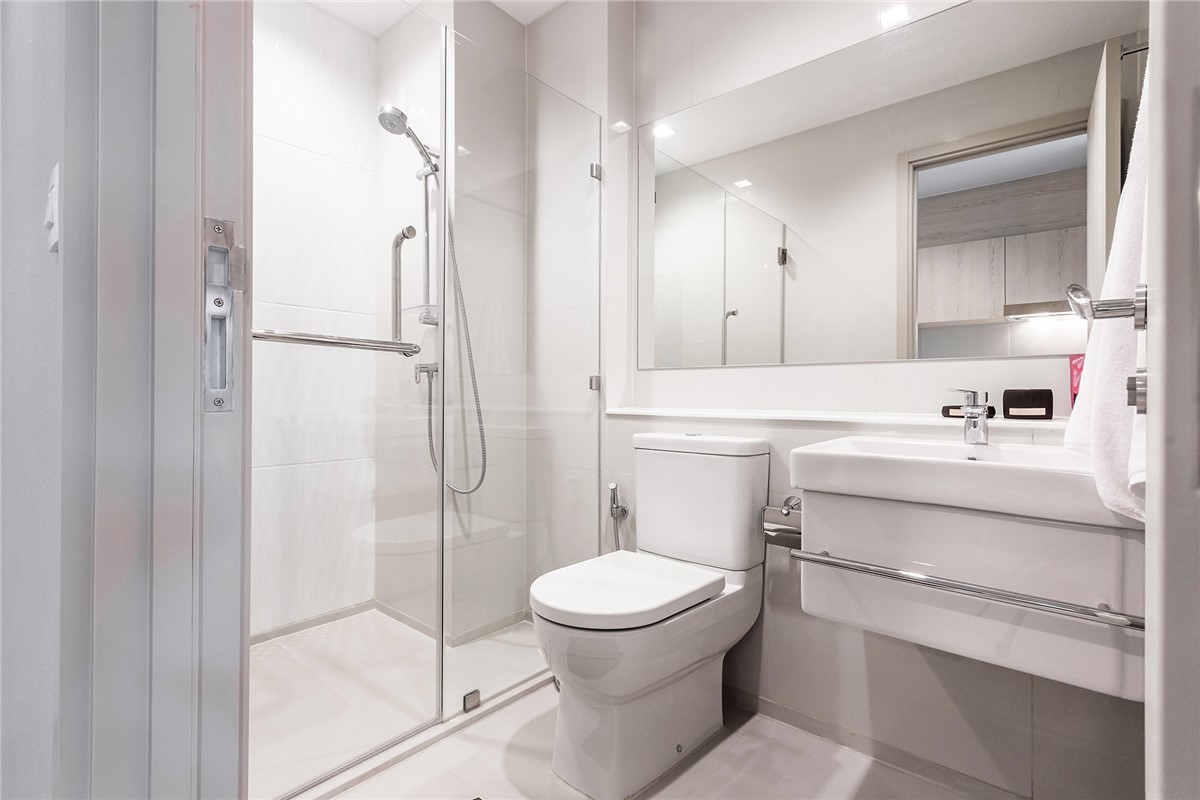Replacing all the windows in a home can be a significant investment – in terms of both time and money. Still, choosing the right windows – and the right glass – can mean substantial savings on your utility bills every month as well as provide enhanced aesthetic and financial value to your property. Here are some things to consider when choosing replacement windows and the glass that goes in them:
Single vs. Double Pane – When choosing glass for replacement windows, your first consideration should be their structural makeup. Single pane windows are familiar to most homeowners as they are the ones found most commonly on traditional windows. These windows are most suitable for mild climates where the sun and the wind are not particularly intrusive although you will find them in the vast majority of American homes.
For more extreme climates a homeowner should consider installing double pane windows. These modern wonders combine two sheets of glass separated by an insulating space – the latter can be filled with just plain air or with an inert gas such as argon or krypton. In either case, the space impedes the easy transfer of heat energy from the exterior of the home to the living space inside and vice versa. They are remarkably energy-efficient and will eventually pay for themselves over time in lowered utility bills.
Low-E Glass – An abbreviation for “low thermal emissivity,” low-E glass is another wonder of modern technology. Emissivity is essentially the opposite of reflectivity. Uncoated window glass has a quite high emissivity rating, over .90. This rating means that it transmits heat – in either direction – extremely well.
Low-E glass, on the other hand, is extremely good at reflecting incident light and therefore the heat that it carries. Specially designed coatings are applied to one or more surfaces of the insulated glass to achieve this result and have been proven to lower the amount of heat transfer into a living space by as much as 80%. The coatings are either made of fluorinated tin oxide applied to the raw glass or by depositing thin silver layers with antireflection layers. Each has its benefits and drawbacks but both work quite well in the home environment.
Safety Glass - Glass that has been subjected to an extra procedure known as tempering is known as “safety” glass. The procedure involves heating the glass up, and then cooling it down rapidly during the manufacturing process. The result is a glass that is, on average, 4 to 5 times stronger than its non-tempered equivalent. In addition, the process also alters the way in which the glass breaks. Instead of shattering sharp-edged shards, the glass remains in relatively small blocks with dull edges that are much less likely to cause cuts or other injuries.
Safety glass should be used in any replacement windows that will be larger than 9 square feet in area, where the bottom edge is within 3 feet of a walking lane and less than 18 inches off the ground as well as in any exterior door. Tempered is also recommended for any indoor applications such as shower stall walls or doors, pool houses, and anywhere else where bare feet may be subjected to the perils on non-safety glass.
Patterned Glass – Another aesthetic option for replacement windows is the choice of patterns available. These generally opaque finishes are most suitable for bathrooms, pool houses or other places where the homeowner would like to retain a significant degree of privacy. These windows offer a variety of styles that can fit in with any home's exterior décor from traditional through contemporary to post-modern.
Typical styles include the standard dappled appearance of the obscure pattern, the cascade pattern that mimics the effect of running water, the fern pattern that looks like leaves are embedded in the glass and the reed pattern of vertical lines. Each of these patterns is fairly opaque – you can tell that someone is on the other side of the window but no real details are visible. In addition, these patterns also add to the reflectivity of the window and will thus lower the homeowner's monthly utility bills.
Tints, Films and Other Coatings – Unprotected windows can be a hazard in the event of an accident, hurricane even vandalism. Protecting your family should be of the utmost importance and tints, films and other coatings can help accomplish this laudable goal.
There are a variety of window coatings available for the windows of residential and commercial structures. They range from the standard tints that provide a greater sense of privacy through others that provide heightened structural integrity thus promoting greater safety for your loved ones and greater security for your property. In fact, the most modern coatings make it almost impossible for a window to be shattered by the elements of Mother Nature or a human hand. The glass may still crack but it will not completely fail keeping any unwanted wind, water or persons safely outside.
Art Glass – While “only” an aesthetic feature, the color of the glass that you choose for your replacement windows can have a huge bearing on its value and on your ultimate satisfaction with the job. Known in the industry as “art” glass, these beautiful sheets come in an amazing assortment of colors and styles. They can be install in any window but are typically reserved for out of the way places and other focal points.
In particular, sheet glass can be found in the relatively transparent “opal” variety, the single-colored transparent “cathedral” style, the “streaky” type with its multiple intertwined colors, or the non-transparent single colored opalume variety. As an essentially bespoke item, this glass costs quite a bit more than clear glass but it can make a truly dramatic statement in your home if used in the right way and in the right place.
As you can see, there are a number of factors to consider when choosing glass for a replacement window. For more information on this or on other window-related tips, visit ProEdge Remodeling.
Subscribe to ProEdge Remodeling's Blog









